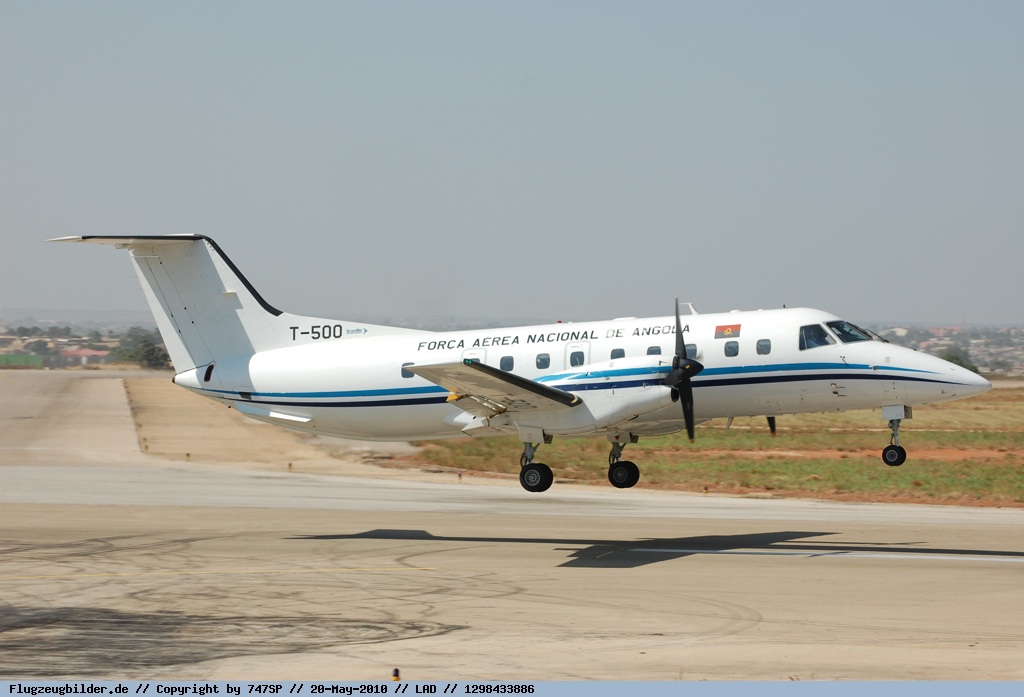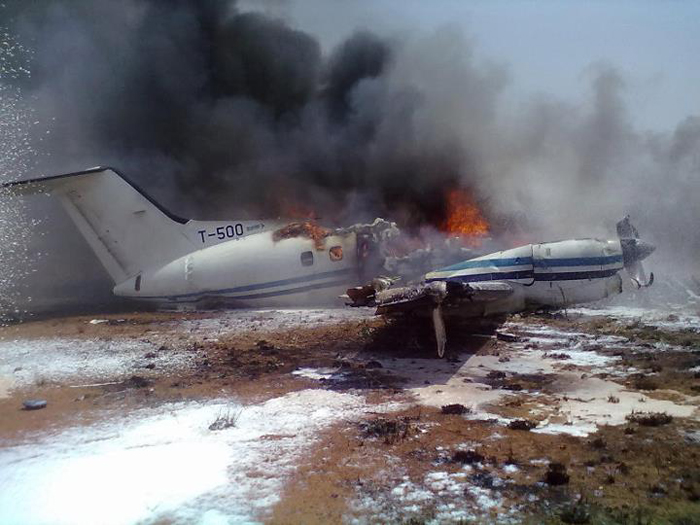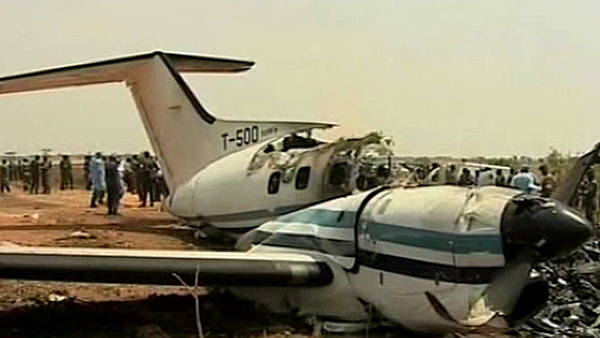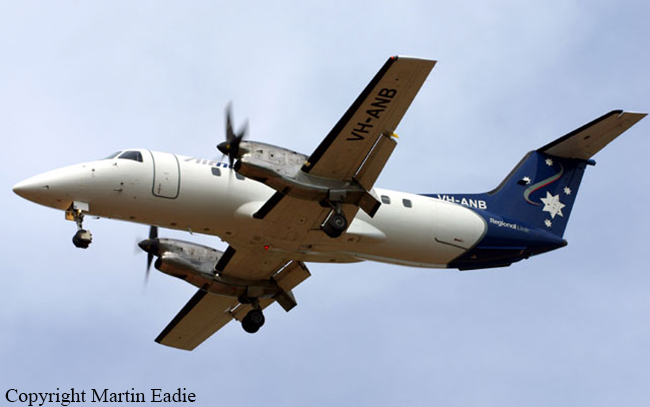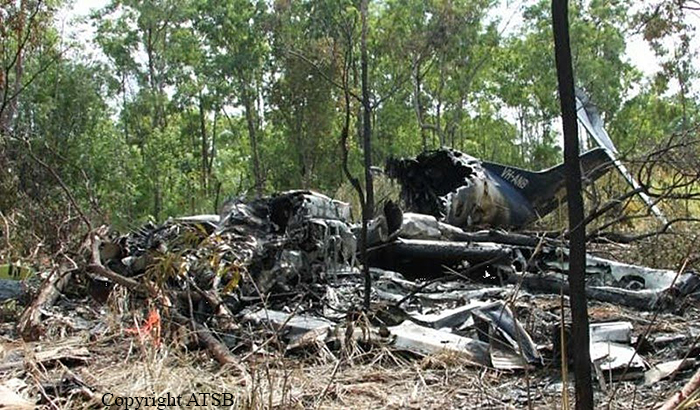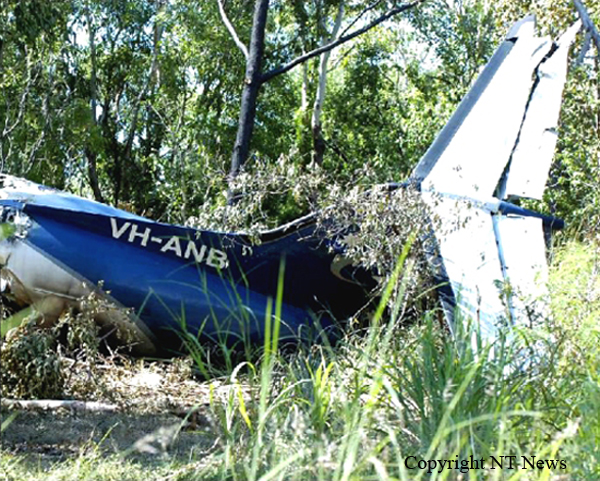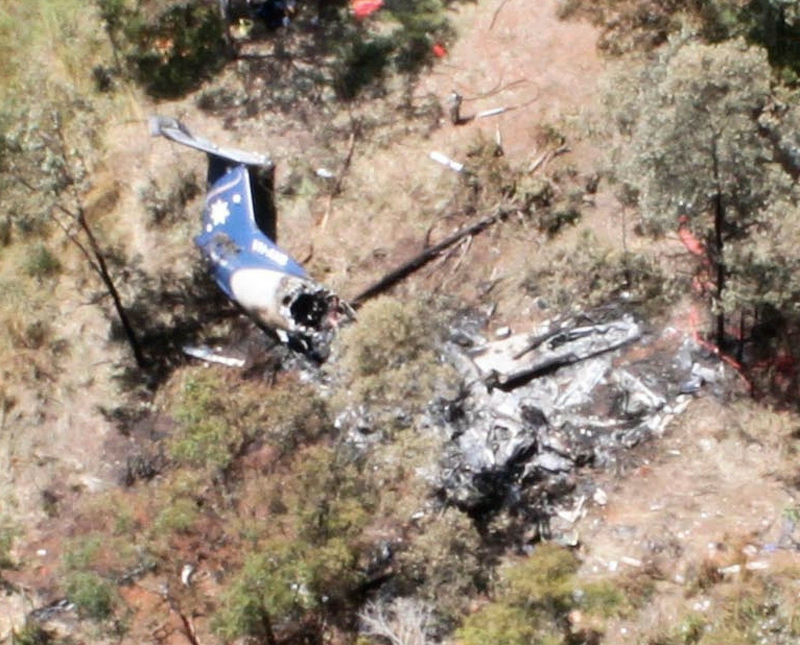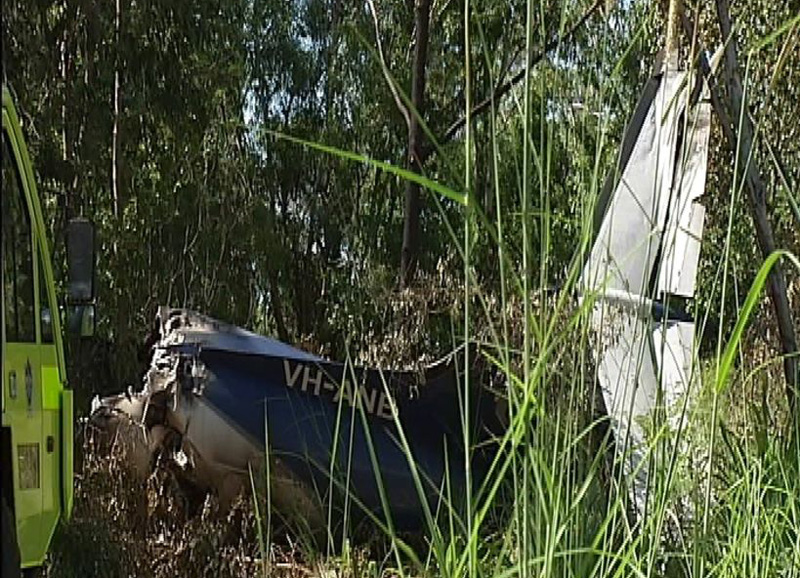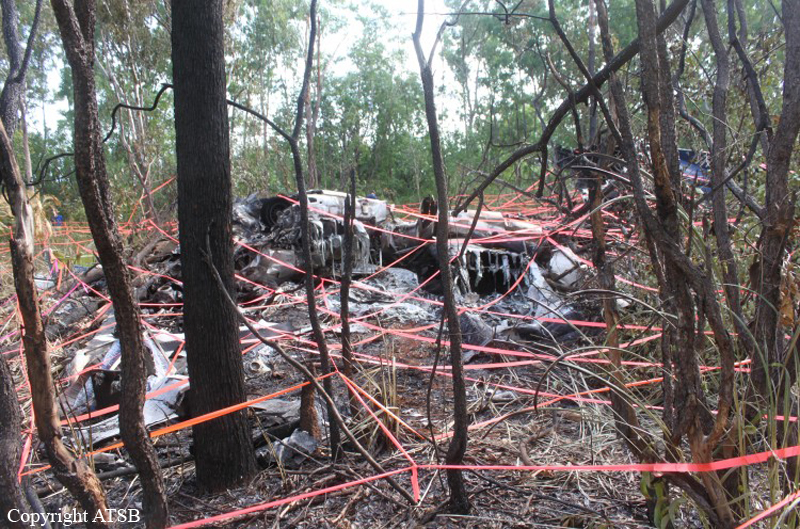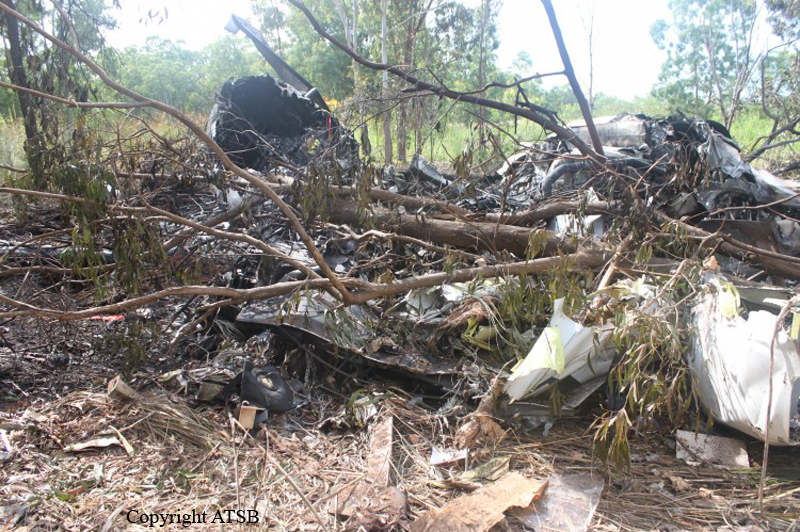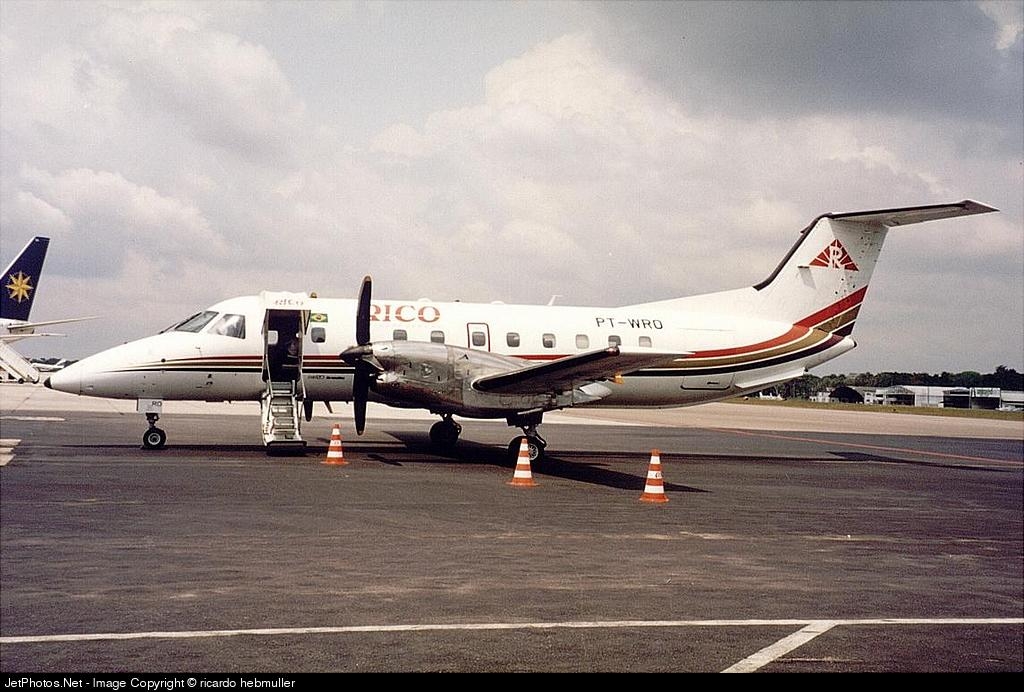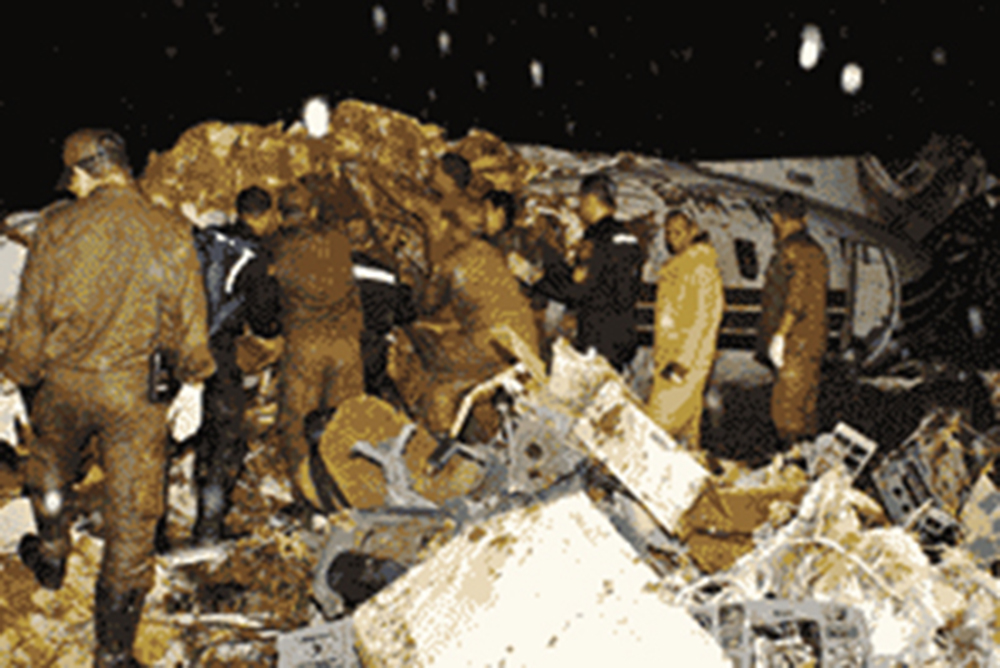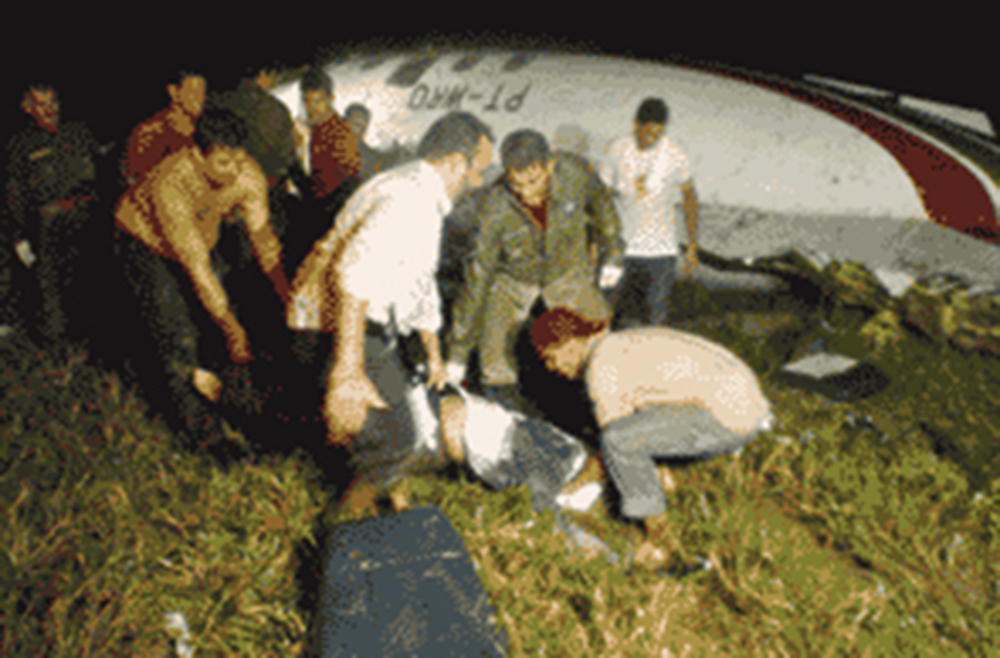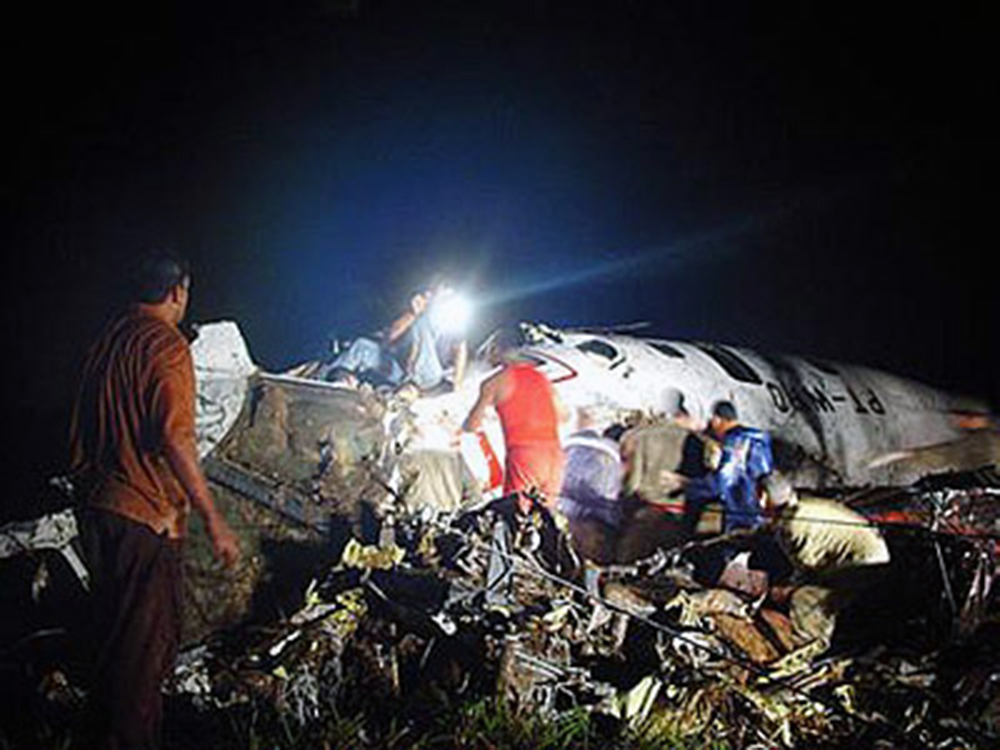Crash of an Embraer EMB-120ER Brasília in Huambo: 17 killed
Date & Time:
Sep 14, 2011 at 1130 LT
Registration:
T-500
Survivors:
Yes
Schedule:
Huambo - Luanda
MSN:
120-359
YOM:
2002
Crew on board:
4
Crew fatalities:
Pax on board:
19
Pax fatalities:
Other fatalities:
Total fatalities:
17
Circumstances:
Shortly after take off from Huambo-Albano Machado Airport, the twine engine aircraft stalled and crashed near the runway end, bursting into flames. All four crew and two passengers survived while 17 passengers were killed. There were 11 officers, three generals and six civilians on board. This Embraer Brasilia was the most recent built in service.
